Little Zebra Grass
$34.50 Original price was: $34.50.$24.15Current price is: $24.15.
- Free Shipping over $25
- Fast & reliable delivery options
- Enjoy top quality items for less
- Multiple safe payment methods

The Maiden Grasses are among the most exciting and dramatic of all the many ornamental grasses. Their slender, elegant leaves and waving flower stems bring a wonderful and unique look to your garden, and in many gardens their size – they reach 6 feet or more – is an asset. But not always, and not in every garden. If you have a smaller garden, or you are looking for plants for a smaller space, you may have put aside the idea of a maiden grass. You probably thought that meant giving up on growing the Porcupine Grass and Zebra Grass, both of which have unique horizontal gold rings around their leaves. If you don’t have the space for these grasses, we have good news. Big zebra produced a junior offspring, and the Little Zebra Grass has all the brilliance and special patterning of its parent, but it only grows 3 or 4 feet tall, and it tucks into a garden space just 2 or 3 feet wide. Now, if you have a smaller space, a courtyard, or a tiny city garden, you too can enjoy the beauty of those very special grasses – but in a smaller, compact, but just as beautiful version.
Growing Little Zebra Grass
Size and Appearance
Little Zebra grass is a clump-forming ornamental grass that grows into a dense mound of upright leaves which arch over, making a graceful and elegant plant. It is not invasive, and remains exactly in place, simply growing a little wider and denser. The leaves are ¼ inch wide, and 2 to 3 feet long, growing at first upright and then arching over to make a soft, rounded clump of rustling foliage. Every few inches up the leaf there is a band of golden yellow, usually around ½ inch thick, giving the ‘zebra stripes’ of this plant. These horizontal variegations are very rare in plants, so this is a unique characteristic, and it gives this plant a very distinctive and striking look.
Between mid-summer and mid-fall, depending on where you are, established clumps of this grass will flower, sending up flower stems about 4 feet tall. These are topped with a tassel of many thin strands carrying the grass flowers, and they are colored reddish-tan, adding a bright note, and completing the striking appearance of this plant. In late fall or in winter, again depending on where you live, the flower stems and leaves turn soft yellow to tan, and they stay upright and attractive all through winter. In the warmest zones this grass may stay green for most of the winter months. You can enjoy a very long season of beauty with this plant, with just a few weeks of dormancy in early spring.
Using Little Zebra Grass in Your Garden
Little Zebra Grass is perfect for smaller gardens, or smaller beds and spaces in larger ones. Use it as a specimen, perhaps among rocks and gravel, or plant it by water. It can be mass planted in the middle part of a bed, or as a foreground in larger beds. Space plants 2 feet apart for group planting. Grow it along a fence or in a courtyard for a striking, refined look. It is perfect for container planting too, looking wonderful anywhere you would use pots, such as on a terrace or even on a balcony. Its smaller size means you can bring the distinctive softness and look of maiden grasses to your garden, no matter where you are, and no matter how small your garden is.
Hardiness
You can grow the Little Zebra Grass anywhere from zone 5 all the way through hotter zones into zone 9. It thrives in hot weather, and it is also cold resistant. In zone 5 it may only flower very late in the year, and it may take longer to sprout in spring, but it is still a very worthwhile and beautiful grass to grow in that zone.
Sun Exposure and Soil Conditions
A position in full sun is best for the Little Zebra Grass. Shade will make it weaker and tend to flop, as well as diminishing the beautiful color contrast on the leaves. It grows easily in all well-drained soils, and benefits from richer soils and some water during summer. It is, however, very drought resistant too, and it can be grown where it is exposed to salt-spray, such as at a beach cottage. Good drainage is important for reliable winter survival, especially in colder zones. This plant is free of significant pests or diseases, and both deer and rabbits leave it alone.
Pruning and Maintenance
Nothing could be easier than caring for your Little Zebra Grass. Simply cut it down to a few inches tall any time from late fall to early spring, depending on your inclinations. Do not assume it is dead when it doesn’t immediately re-sprout in spring. It is a warm-season grass, and these types of grasses are always slow to start growing again – be patient.
History and Origin of Little Zebra Grass
Little Zebra Grass is a selected form of the maiden grass, Miscanthus sinensis, also called silver grass or eulalia grass, which grows naturally in China, Japan and Korea. The variety called ‘Little Zebra’ was discovered in 1995 by Tom Walsh, from Hortech Inc. Nunica, Michigan. He saw a unique piece growing from a plant of ordinary Maiden Grass, with a compact habit and a banding pattern very similar to the Zebra Grass, Miscanthus sinensis ‘Strictus’. When he separated it from the parent plant and grew it, he realized that its unique smaller size and variegation made it very special. It was patented in 2002 and released under Hortech’s Grow Earth Friendly® label.
Buying Little Zebra Grass at The Tree Center
If you have loved seeing the Porcupine Grass or Zebra Grass, and wanted it, but didn’t have the large space those grasses need, the Little Zebra Grass is exactly what you need. Every garden has space for it, so the demand is enormous. Order now, as this unique plant will soon be sold out.
Be the first to review “Little Zebra Grass” Cancel reply
Related products
Knock Out® Roses
Other Shrubs & Hedges
Shrubs and Hedges
Butterfly Bush
Boxwood Shrubs
Ornamental Grasses
Rhododendron
Butterfly Bush


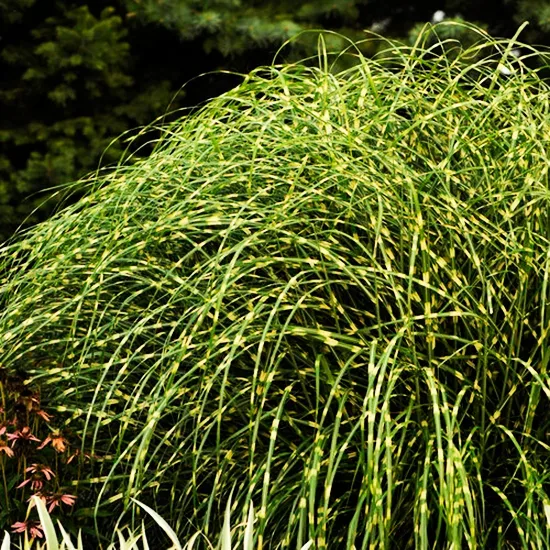
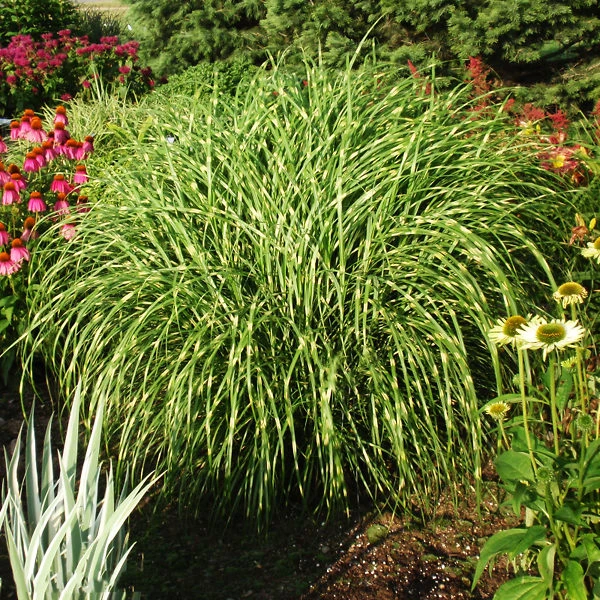

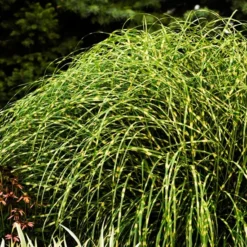


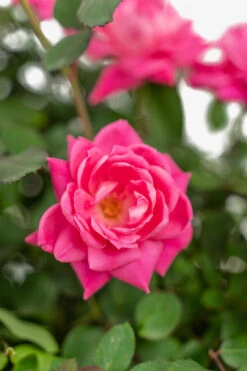
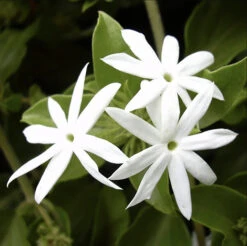
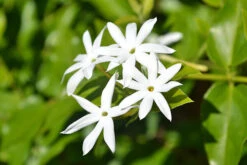
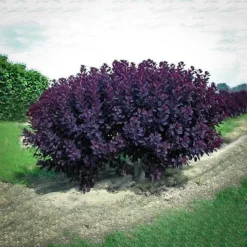
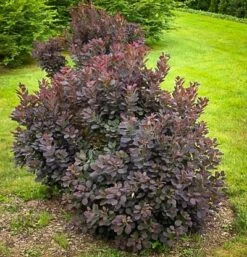




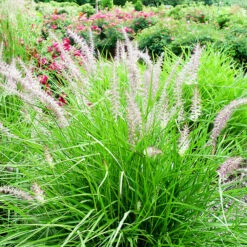
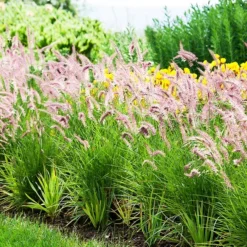

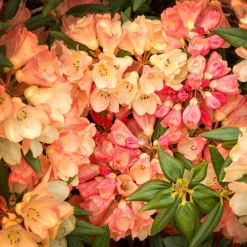

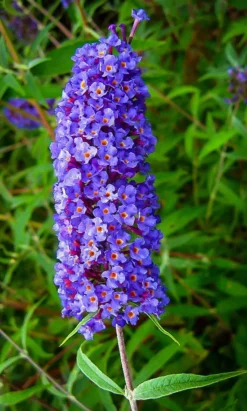
Reviews
There are no reviews yet.